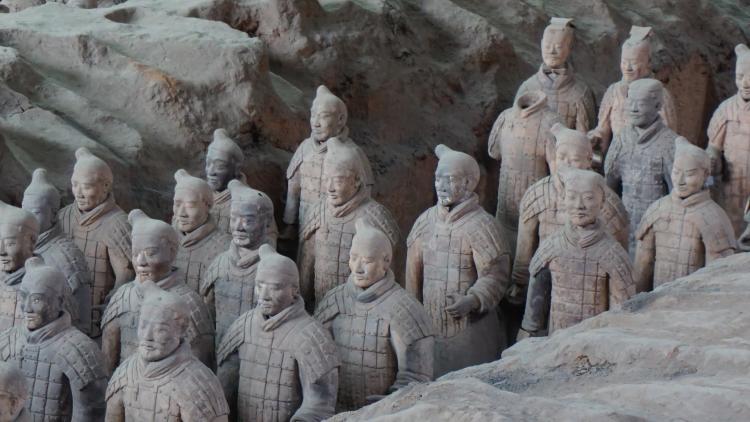Women in art spotlight: Three female artists at SOAS Gallery


For Women's History Month, Maria Rollo (Collections & Engagement Officer, SOAS Gallery) introduces the work and lives of three artists whose work resides in the SOAS Gallery Collections.
This Women's History Month, the SOAS Gallery highlights the artists Barbara Tyrrell, Elizabeth Keith, and Margaret Trowell - whose works are housed in the SOAS Gallery Collections. From Tyrrell’s ethnographic paintings of Zulu traditions to Keith’s fusion of Japanese and European printmaking, and Trowell’s pioneering efforts in formal art education in East Africa, these artists not only captured diverse cultural identities but also influenced the artistic landscapes of their time.
Barbara Tyrrell recorded Zulu's disappearing daily life
Barbara Tyrrell (1912 – 2015) was a post-war artist, contemporary painter and ethnographer born in Durban, South Africa. Her father and grandfather were both interpreters, which exposed her to the Zulu world. She trained as an artist at the former University of Natal in the 1930s and used her deep ties with the Zulu people to begin to record their disappearing daily life.
Travelling alone, she spent her time in villages, speaking fluent Zulu and taking part in rituals and ceremonies, where she gained an understanding of their traditions and culture. By the 1960s, Tyrrell had documented the costumes and culture of many South African peoples. Tyrrell was not just interested in drawing South Africa’s peoples, she had a real passion, acknowledging and celebrating their way of life. Today her artworks are recognised as an important historical record.
At the SOAS Gallery, we are privileged to hold five hand-coloured prints by Barbara Tyrrell that reflect her work amongst the Zulu people.
Elizabeth Keith provides an early example of the twentieth century fusion between Eastern and Western Art
Elizabeth Keith (1887 – 1956) was noted for her defining watercolours, etchings and Japanese inspired wood block prints. Born in Aberdeenshire, Scotland in 1887, Keith was a self-taught artist. In 1915, at the age of 28, she travelled to Japan for what was to be a short stay, however, she stayed for nine years, developing an appreciation for Japanese art. Keith also travelled to other parts of Asia, chiefly China, Korea and the Philippines, collecting ideas and subjects for her work. In 1924, she studied etching techniques in France and developed a style that enabled European printing techniques to be incorporated into her Japanese style prints and drawings.
Keith’s work not only gained widespread acclaim in Japan, but also in London and New York. Her pictures of landscapes, people in traditional and common dress, and local customs and cultural rituals were central to her work as an artist.
The SOAS Gallery holds several works showing the landscapes, faces and costume traditions, inspired by her travels, that Elizabeth Keith chose to represent in her artworks.
Margaret Trowell developed formal art education in East Africa
Margaret Trowell (1904 – 1985) artist and educator. Trowell trained as a painter at the Slade School of Art from 1924-26, under the influential art teacher Henry Tonks, who also taught Paul Nash, Stanley Spencer and C.R.W. Nevinson. Here she encountered the work of Robert Fry, a member of the Bloomsbury group and one of the first critics to acknowledge the importance of African art.
From 1929 Trowell worked in Kenya and subsequently moved to Uganda in 1935, where she took steps to develop and open the Margaret Trowell School of Industrial and Fine Arts at Makerere University, remaining there until her retirement in 1958.
Whilst in Kenya, Trowell taught the Kamba peoples to paint, encouraging local visual traditions to shine through their works, which can be evidenced by artworks such as Prodigal Son, by Kyalo, and encouraging students to draw upon their environment, as in Palm Tree Landscape. Trowell was able to highlight that East African artwork was equally as rich in the visual arts as those from West Africa, which dominated at that time. She also challenged the negative view of art apparent in both colonial and missionary education, and wrote extensively on African arts and crafts.
Trowell’s legacy in the development of formal art education in East Africa has ensured that Makerere University has continued to generate a contemporary art movement and artists.
The works by local African artists within the SOAS Gallery are a testament to Margaret Trowell's commitment to encouraging artists to focus on their own familiar environments and create “authentic” modern African art.
Visit the SOAS Gallery and check out our collections in the Foyle Gallery. We are open from Tue-Sat (10.30am-5pm) and on Thursdays the Gallery is open until 8pm. Admission is free.
About the author
Maria Rollo is the Collections and Engagement Officer at the SOAS Gallery.




